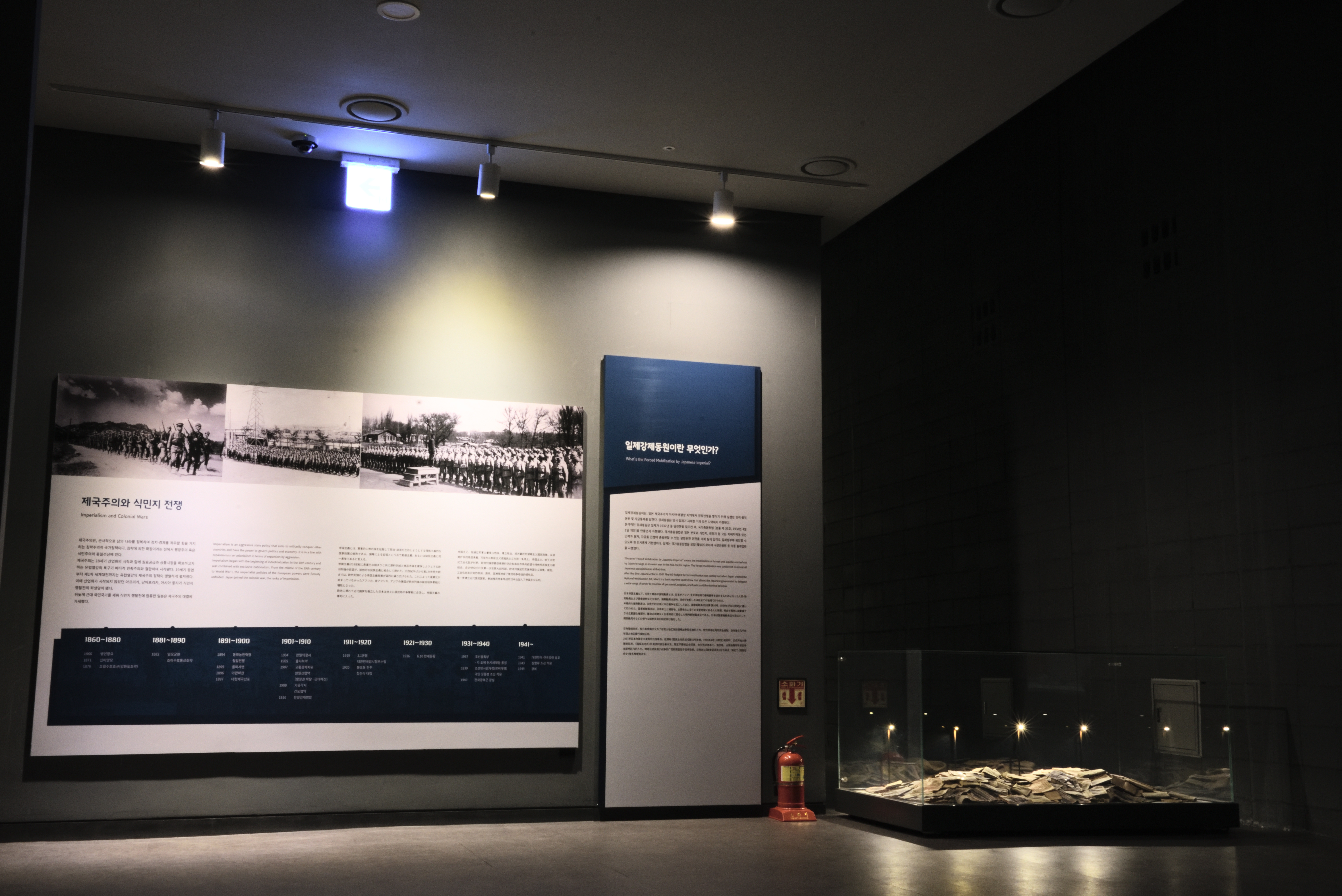
Section 1
- Permanent exhibition hall 1 - Section 1
- The beginning of Forced Mobilization under Japanese Occupation
Permanent exhibition hall 1 - Section 1
The beginning of Forced Mobilization under Japanese Occupation
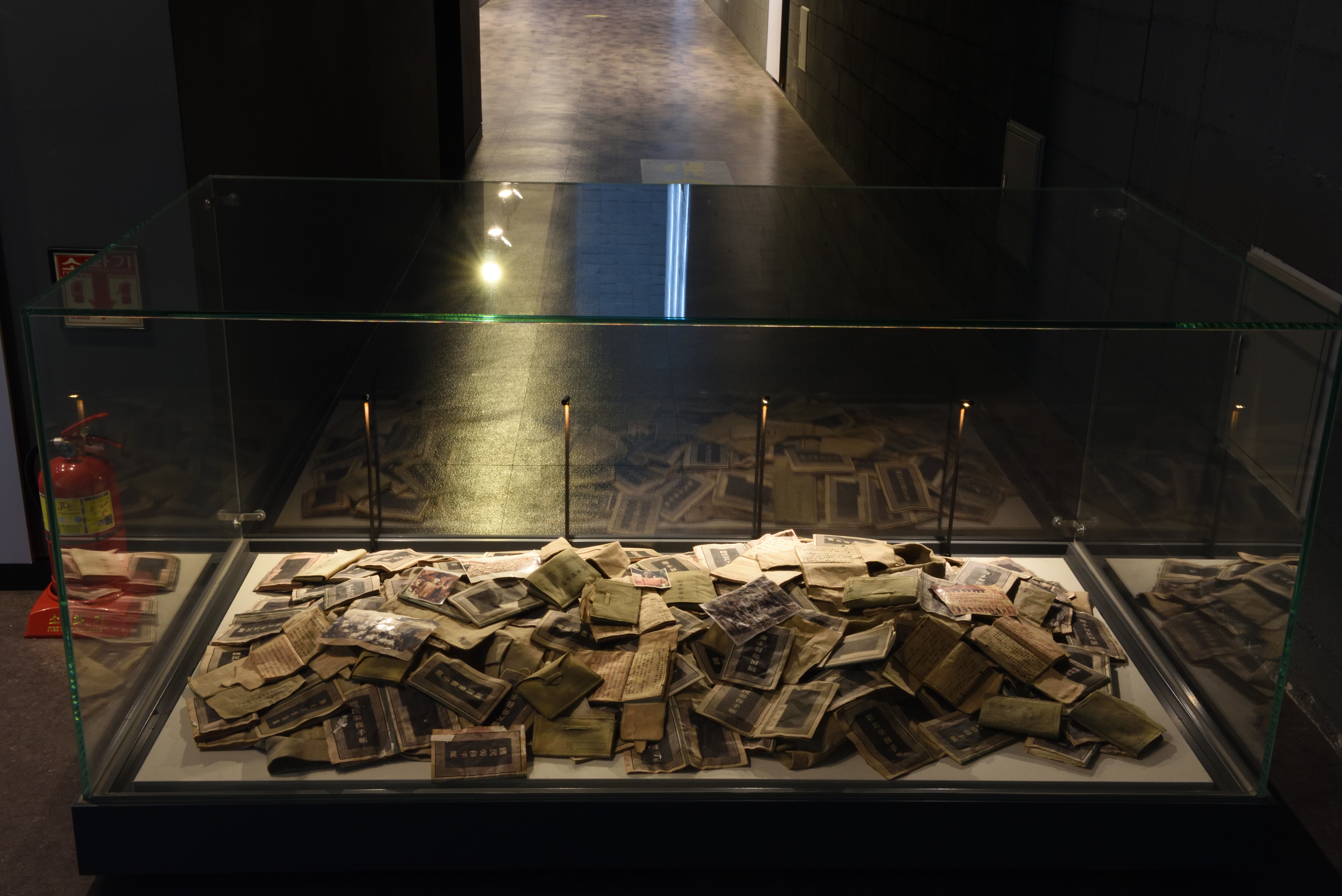

□■□■
What’s the Forced Mobilization by Japanese Imperial?
The term "forced mobilization by Japanese imperial" means the mobilization of human and supplies carried out by Japan to wage an invasion war in the Asia-Pacific region. The forced mobilization was conducted in almost all Japanese occupied areas at that time. After the Sino-Japanese War in 1937 The full-fledged forced mobilization was carried out when Japan created the National Mobilization Act, which is a basic wartime control law that allows the Japanese government to delegate a wide range of power to mobilize all personnel, supplies, and funds in all the dominated areas.
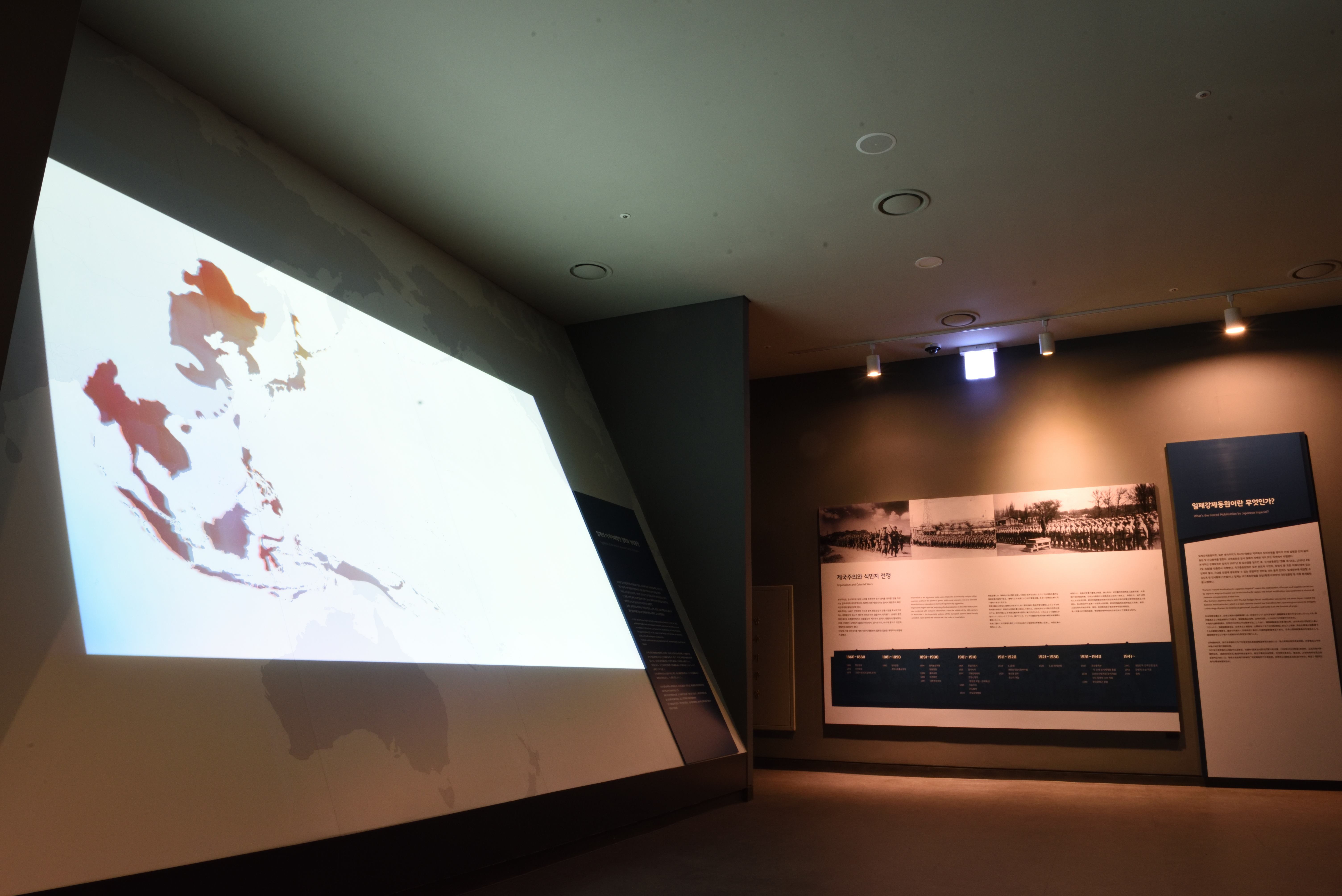

Imperialism and Colonial Wars
Imperialism is an aggressive state policy that aims to militarily conquer other countries and have the power to govern politics and economy. It is in a line with expansionism or colonialism in terms of expansion by aggression. Imperialism began with the beginning of industrialization in the 18th century and was combined with exclusive nationalism. From the middle of the 19th century to World War I, the imperialist policies of the European powers were fiercely unfolded. Japan joined the colonial war, the ranks of imperialism.
□■□■
Aggression of the Imperial Japan and Forced Mobilization
In 1910, Joseon [Korean Empire] was forcibly merged and through World War I in 1914, the Central and Western Pacific islands were occupied. Subsequently, Japan invaded the Shandong Peninsula and Manchuria in 1931 and took over mainland China, including Beijing and Shanghai through the Sino-Japanese War in 1937, In 1941, Japan attacked Malaysia and Pearl Harbor and captured New Guinea in the Pacific and Myanmar in Southeast Asia. The forced mobilization policy was implemented in all Japanese occupied areas to meet the demand.
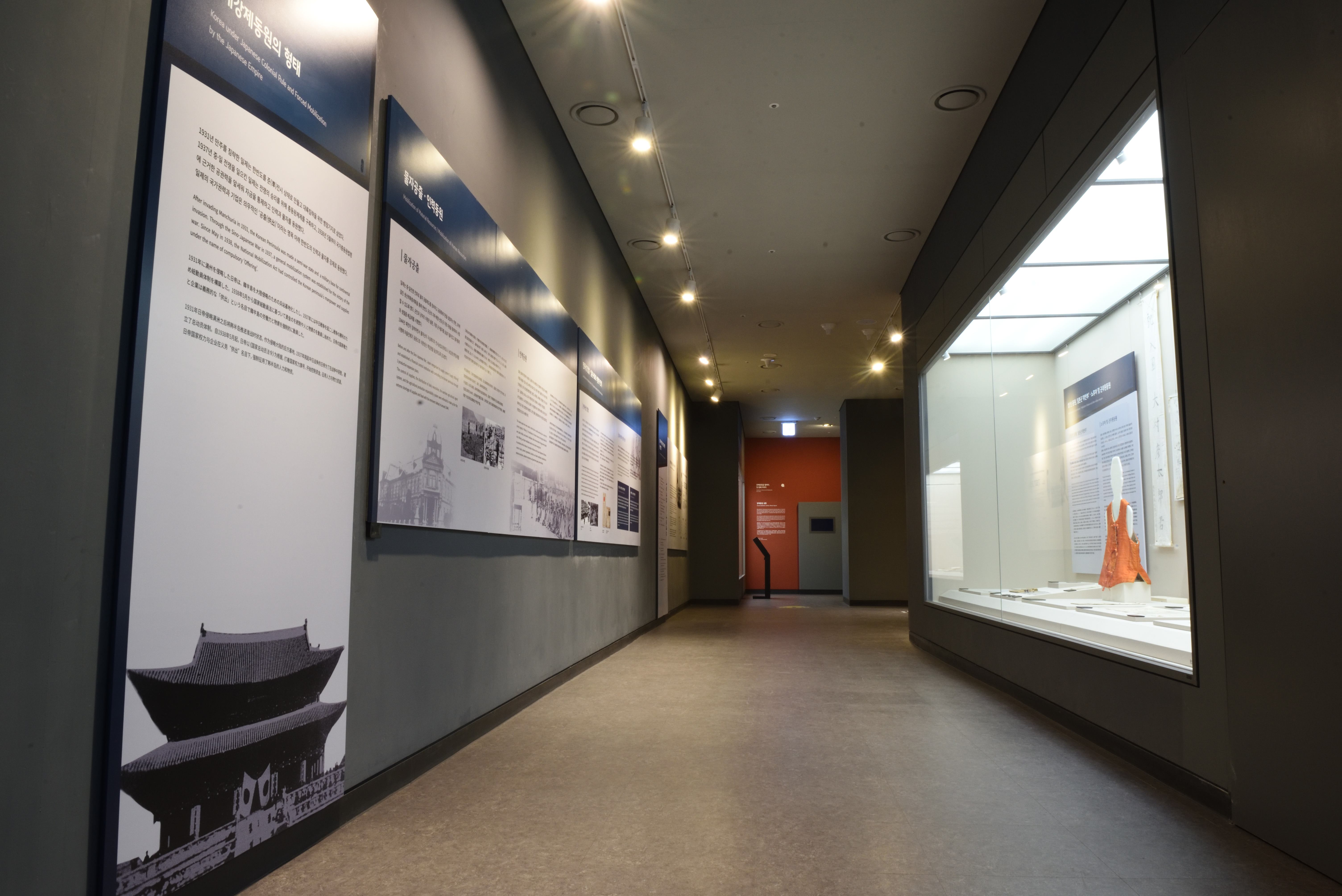
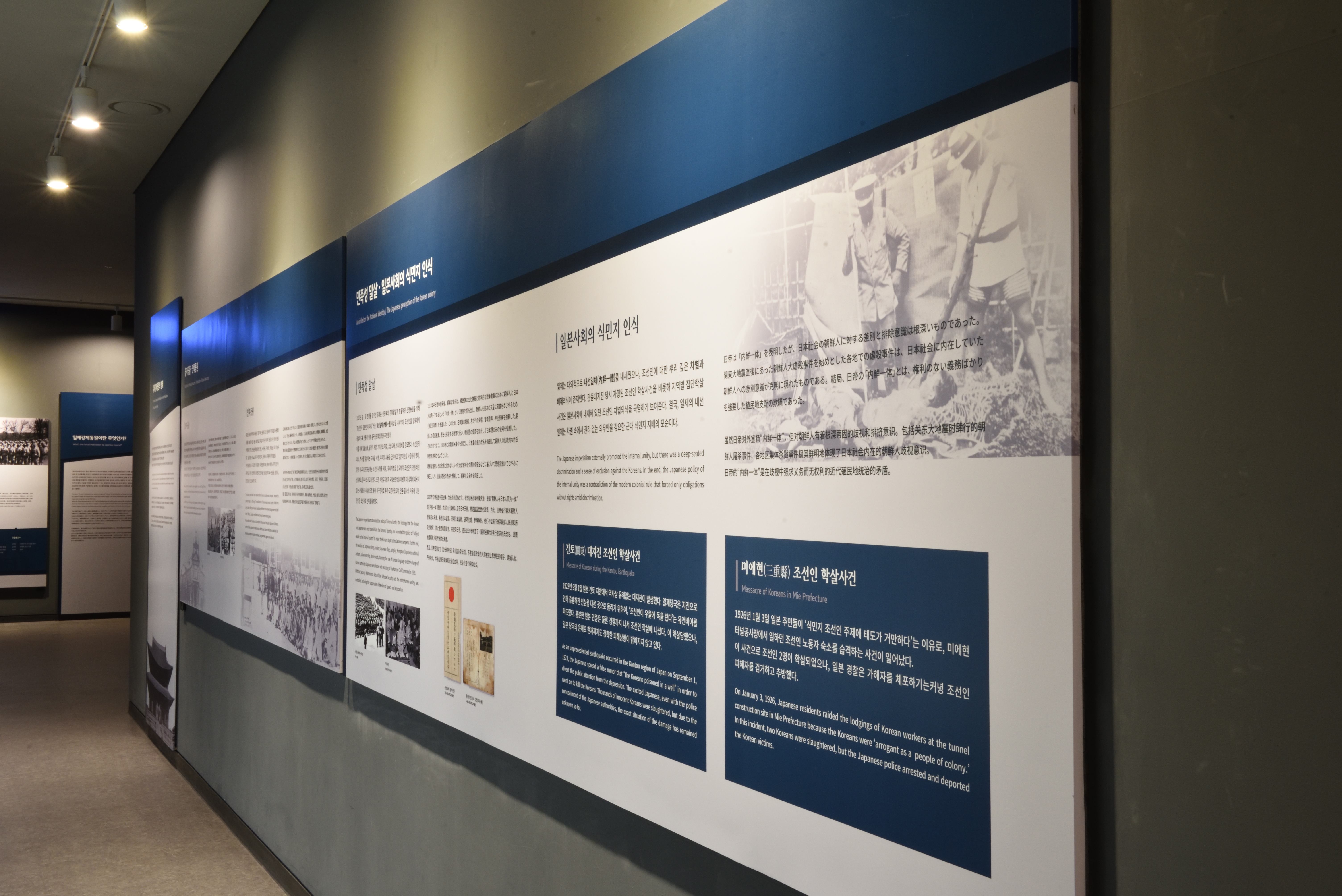
Korea under Japanese Colonial Rule and Forced Mobilization by the Japanese Empire
After invading Manchuria in 1931, the Korean Peninsula was made a semi-war state and a military base for continental invasion. Through the Sino-Japanese War in 1937, a general mobilization system was established for the victory of the war. Since May in 1938, the National Mobilization Act had controlled the Korean Peninsula's manpower and supplies under the name of compulsory ‘Offering’.
Mobilization of Material Resources
Before and after the Sino-Japanese War, Japan reorganized its supply system (supply offering) and established a financial control institution with controlling the Korean peninsula through 3 productive expansion plans.The control of supplies, the distribution of daily necessities, the wartime agricultural agent system, and the agricultural production responsibility system were enforced to make up for the extreme shortage of supplies and food with the imminent defeat in around 1944.
Mobilization of Human Resources
The Joseon people who were unable to afford food or socially weak and poor, became the priority targets for ‘Offering’. The mobilization of human resources was largely divided into army, labor, military, and women's mobilization. Both men and women of all ages were included in the ‘Offering’, and labor mobilization was the most common among them. In accordance with the National Conscription Ordinance and the Labor Adjustment Ordinance, a series of policy, planned, organizational, collective, and violent mobilization subdivided into national conscription, allocation recruitment, and government agency were enforced.
□■□■
Process of Forced Mobilization by Japanese Imperial
In 1938, Japan organized the Korean Federation for the Mobilization of the National Spirit and in 1940, it was expanded and reorganized into the Korean Federation for the power of all the Nation. The president of the Korean Federation was the Governor-General of Korea, and the local administrative organization and the patriotic group were the root of the federation. Japan classified the manpower necessary for the war into soldiers, military personnel, and laborers. Women were the target not only of military officers and laborers, but also of the ‘comfort women’ for the Japanese military. In order to mobilize human resources, administrative organizations were formed in the central and local regions, as well as a registration system [Joseon Residence Ordinance, etc.] with Legal mechanisms such as the education system [educational decree, etc.] and the mobilization system [national conscription decree, labor adjustment decree, etc.].
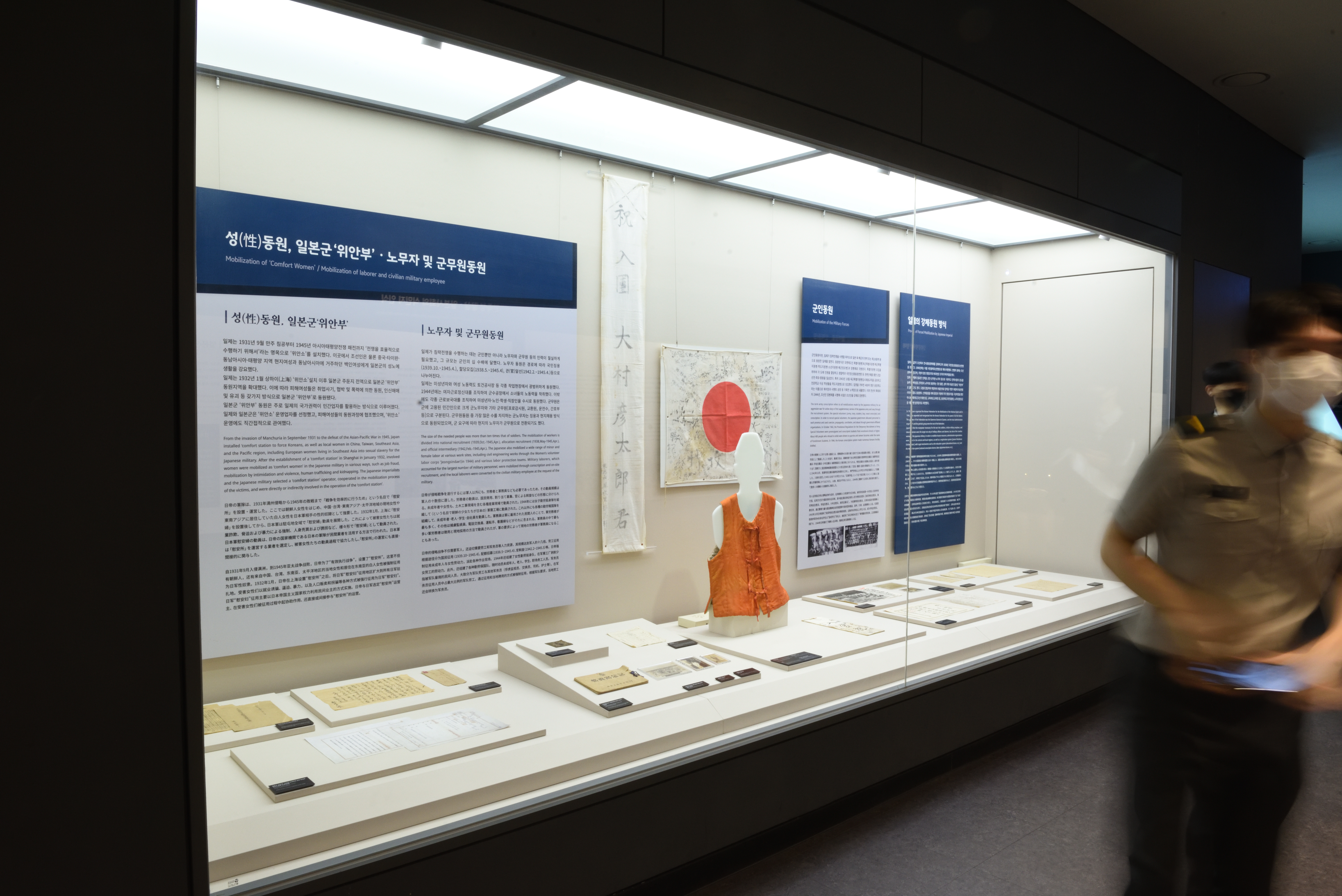
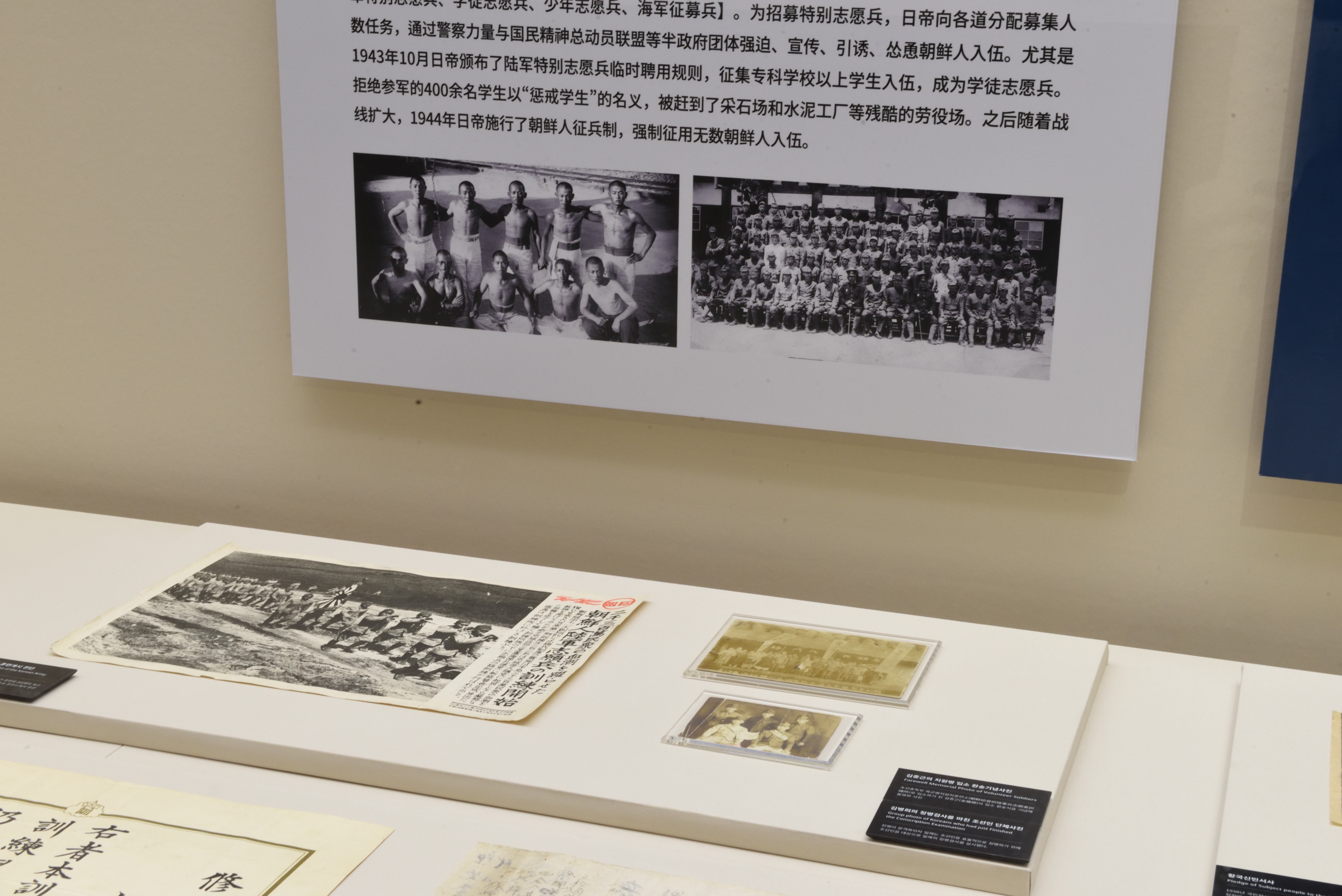
Mobilization of the Military Forces
The term army conscription refers to all mobilizations made by the Japanese military for an aggression war for active duty or first supplementary service of the Imperial Japanese Army and navy through the recruitment system, the special volunteers [army, navy, student, boy, naval conscripts] and conscription. In order to recruit special volunteers, the Japanese government allocated personnel to each province and used coercion, propaganda, conciliation, and abuse through government-affiliated organizations. In October 1943, the Provisional Regulations for the Temporary Recruitment of Army Special Volunteers were promulgated and conscripted students from vocational schools or higher. About 400 people who refused to enlist were driven to quarries and cement factories under the name of Punishment Students. In 1944, the Korean conscription system made numerous Koreans forcibly drafted.
□■□■
The story of 'Kim Ki-sang', a victim of the Forced Mobilization
Kim Ki-sang is a victim of forced mobilization who was conscripted as a soldier and served on Jeju Island. The relics he possessed, the handwritten notes and military mail give a glimpse of the situation at the time of the forced mobilization.
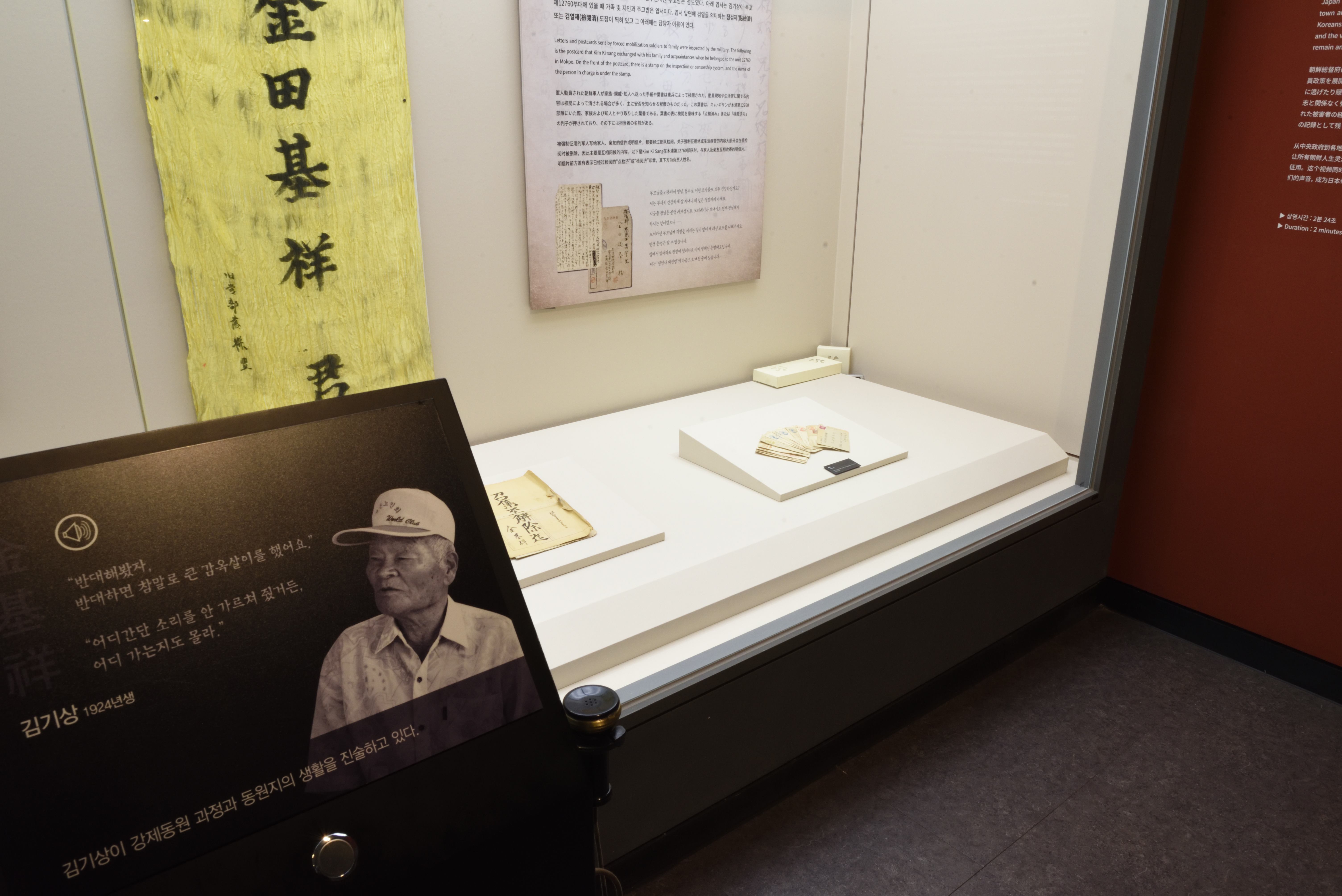
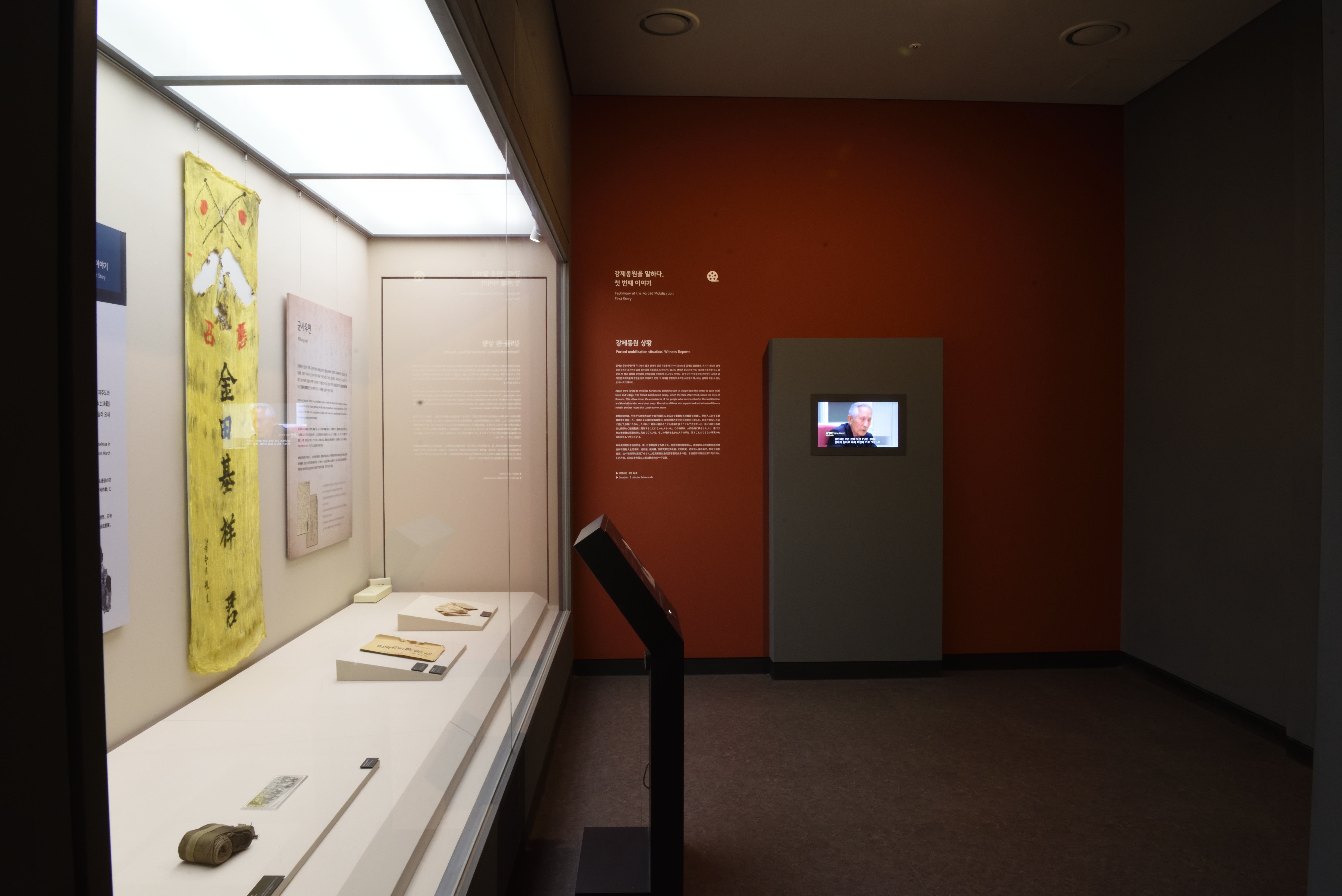
Last Stands of Japanese Forces
Japan selected Jeju Island and the southern and western coasts of the Korean Peninsula as the last line of defense in preparation for the Allied attack on the Japanese mainland after the fall of Iwo Jima Island in February 1945. From March 1945, the Japanese imperialism mobilized large manpower to hurry to fortify the area.
